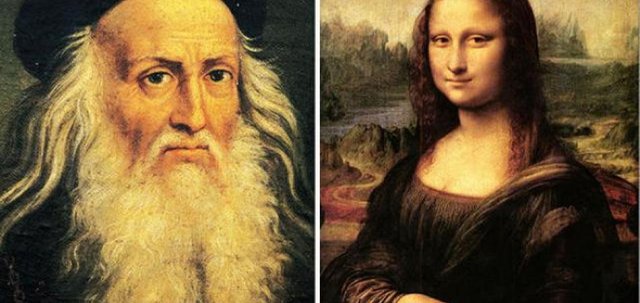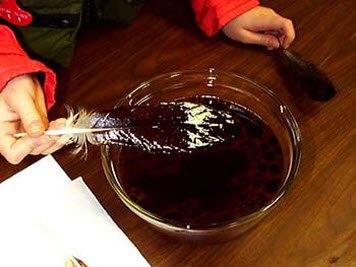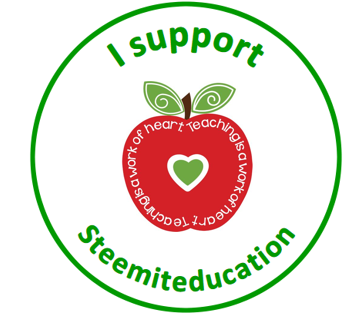Science for Kindergarten - Lesson 1
Leonardo da Vinci was a man of many talents. Most people know that he was the artists who painted the “Mona Lisa” – a woman.

But Leonardo da Vinci could also do many other things. He was also a sculptor who could make beautiful images, an architect who could draw buildings and plans and an engineer who designed bridges. Other than that, he was also the person who found out that we could use the sun to heat water and that is now called, solar energy. Today, it is a very important invention for us, especially in the light of what is happening with our precious earth.
Earth is getting warmer and warmer. Do an experiment to explain how earth absorbs the heat from the sun so they can understand it easier. Use a balloon (earth), inflate it and hold it above a candle’s flame – it will burst immediately. Repeat the experiment, but this time, add water to the balloon. Because the water absorbs the heat, the balloon will not burst. Thus, water absorbs all the excess heat in the atmosphere.

Image source Talk about all the factories that release gasses into the air. Explain that it forms a “blanket” over earth that prevents earth from cooling down during the night and that it then causes the sea levels to rise. Experiment with it – Create an ocean in a bottle by using water and oil. Kids will love testing not only waves, but also Tsunami’s.

Because we care about nature, we need to look at the effect that oil pollution has on bird’s feathers. Feathers can naturally keep water away from the bird’s body, but the oil in the ocean causes these feathers to not keep this function up properly anymore. Experiment by covering a feather with oil. If you washed it with soap, could you get rid of all the oil?

Image source Let the children do their own little experiment to note the effect of acid rain on rocks and buildings. Acid rain forms when rainwater reacts to certain gasses in the atmosphere. By using vinegar and chalk, they will get to see what kind of reaction these two can create. Vinegar is the acid and the chalk represents limestone. Limestone is mostly used when constructing buildings. Acid rain damages these buildings in the same way that the vinegar damages the chalk over an extended period of time.
To help the earth, it is important to start teaching children about recycling from an early age. Focus on plastic and glass and explain that these objects can not disappear or break into parts when left in nature over a long period of time. To experiment with this thought, dig a hole in the ground and bury three small pieces of paper, plastic and glass. Use a marker to remember where it was. Regularly water the area of soil and after a week or two, dig it up to see why we have to try and use less of whatever is still there…



Thinking of having kids just for an excuse to give all these science experiments for kids a go! So many popping up these days
You have been upvoted by the @sndbox-alpha! Our curation team is currently formed by @bitrocker2020, @zord189, @aaronleang, & @teachblogger . We are seeking posts of the highest quality and we deem your endeavour as one of them. If you want to get to know more, feel free to check our blog.